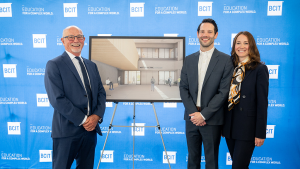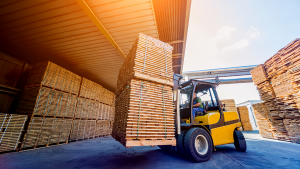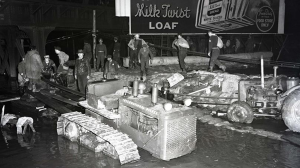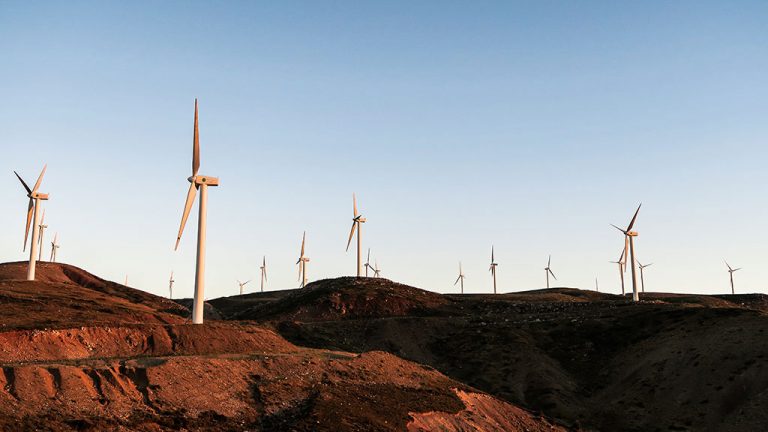Bekrokh Khoshnevis has translated his idea into an organization called Contour Crafting, and some say it could change the face of construction.
COLUMN | KORKY KOROLUK
One day after an earthquake in 1994, Bekrokh Khoshnevis was repairing some cracks the quake had left in his Los Angeles home. As he used a trowel to smooth plaster, he had an idea.
Now, 17 years later, the engineering professor from the University of Southern California has translated that idea into an organization called Contour Crafting, and some say it could change the face of construction.
We all know how inkjet printers work: As a printhead moves across a sheet of paper, nozzles spray tiny droplets of ink, forming printed words and pictures.
Well, Khoshnevis has built a machine that works much the same way, but on a much larger scale. It is a robot that can build large structures by extruding semi-liquid material from a pump in layers to form the outside edges of an object, such as the wall of a building.
The robot moves back and forth along a gantry installed over the construction site, depositing each layer of the wall. After the exterior layers have been laid down to form a hollow wall, the robot returns to spray insulation or other filler material into the hollow.
While Khoshnevis calls it “contour crafting,” it’s really a step in the evolution of what many engineers call “additive manufacturing,” And, because of the similarity to inkjet printing, the popular name has become “3D printing.”
Khoshnevis uses concrete, but machines today can print objects out of almost any material.
Nylon can be used. So can glass. Laser-assisted machines can use almost any metal, which means opportunities for custom-designed details
The computerized design is loaded into the machine, which then slices it into hundreds of thin, printable layers. Each layer is then “printed” by focusing a laser beam on a bed of plastic, for example, or stainless steel or titanium powder.
The laser’s heat fuses the particles together. As each layer is completed, more powder is scattered over it, and the whole process is repeated over and over.
If more strength is needed to withstand higher loads and stresses, an electron beam can replace the laser in order to melt the powder particles completely.
For the moment, though, Khoshnevis is focussing on a machine that uses concrete, hoping one day soon to be able to “print” the shell of a complete house in 24 hours, without humans having to lay a hand on it.
The cavities and channels needed to install electrical wiring and heating and cooling hardware would be incorporated in the design.
Doors and windows would have to be hung, but little else would have to be done.
He foresees the day when his system can produce, not just houses, but entire apartment or office buildings as well. These, of course, would mean using cranes to carry his machines, or building much larger gantries than the one he uses in his laboratory.
His work has attracted funding from some big players in the construction industry, including Caterpillar, USG, and Degussa AG, the European-based materials giant. The U.S. National Science Foundation has also provided research money.
The ramification of all this for the construction industry could be immense. Automated construction will use far less labour and be much faster than anything we’re doing now.
Construction waste would be virtually eliminated. Quality control is integral to the computerized design.
Architects will be able to implement intricate designs using curved features and complex structures without excessive construction costs.
There’s a word of caution, of course. Khoshnevis so far has successfully built concrete walls in his laboratory.
He hopes to build a complete house next year, but he first said that several years ago.
“Next year” could still be some way off.
But the technology is there and it has the potential to change the way we construct buildings.
Korky Koroluk is a regular freelance contributor to the Journal of Commerce. Send comments or questions to editor@journalofcommerce.com.











Recent Comments
comments for this post are closed